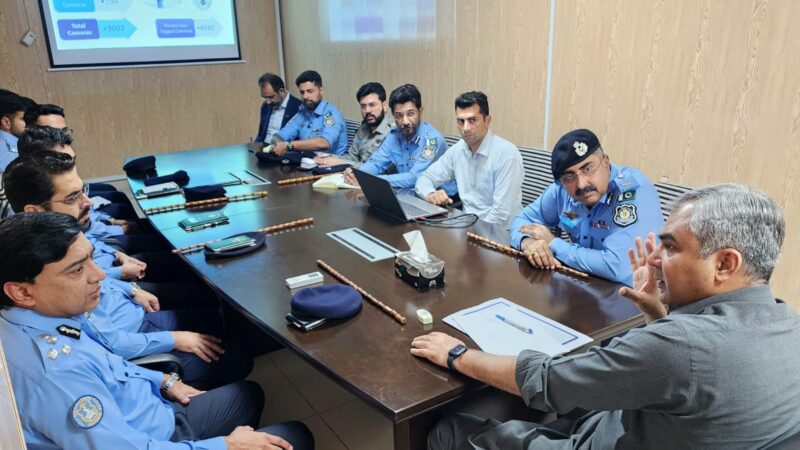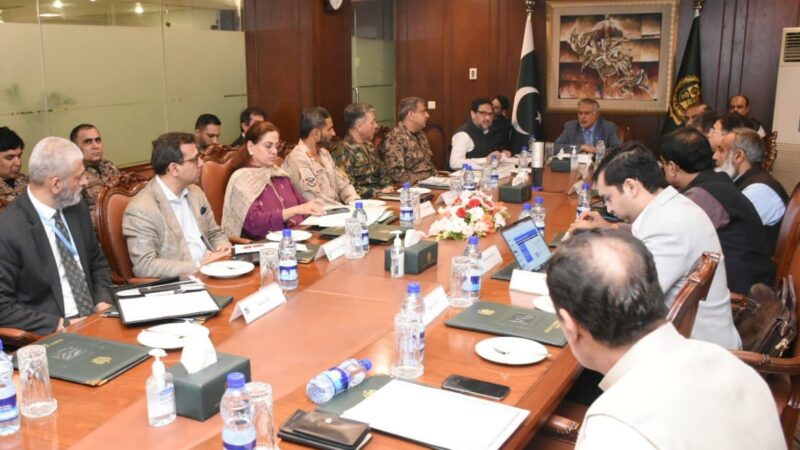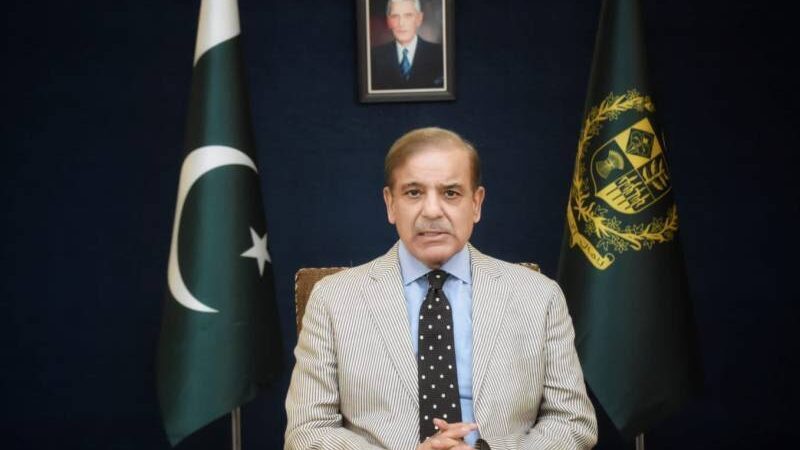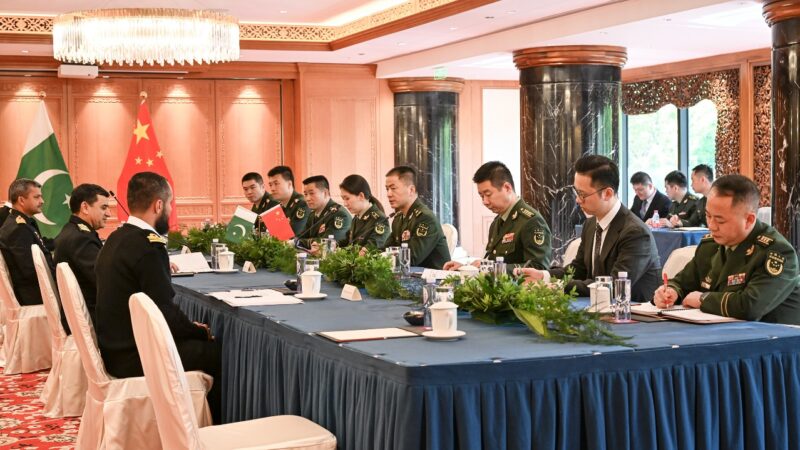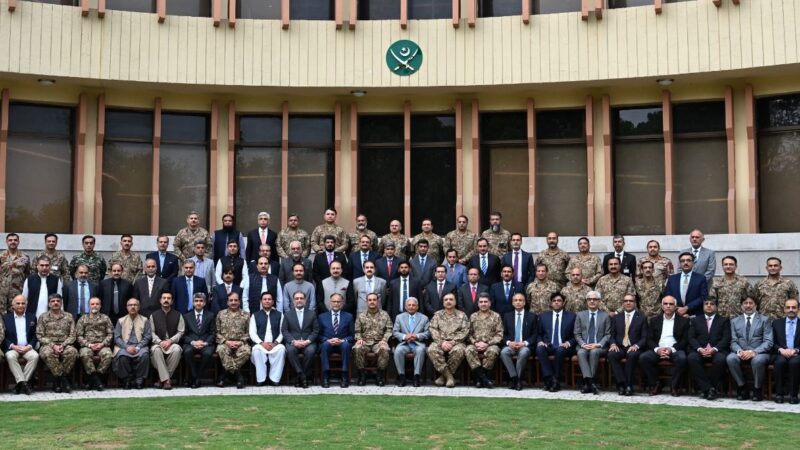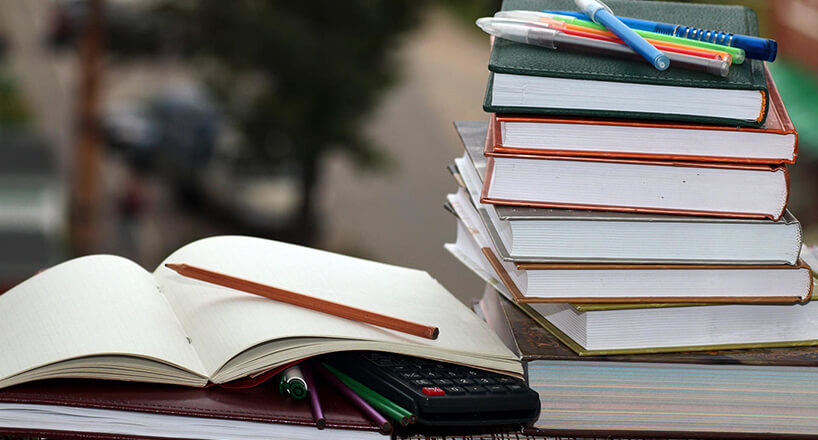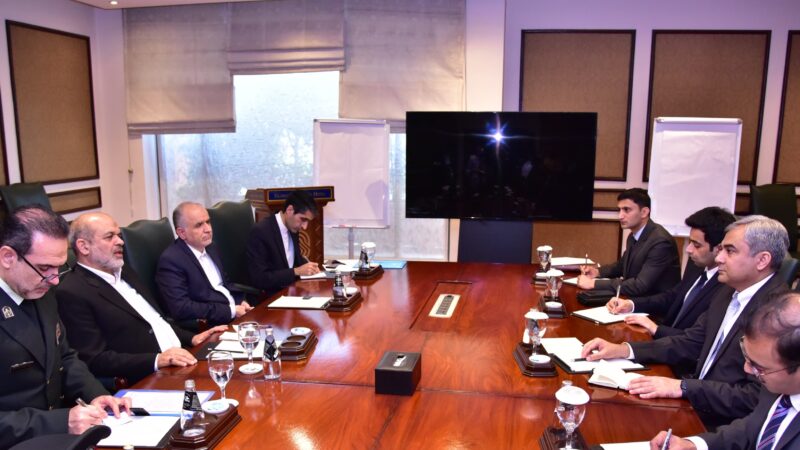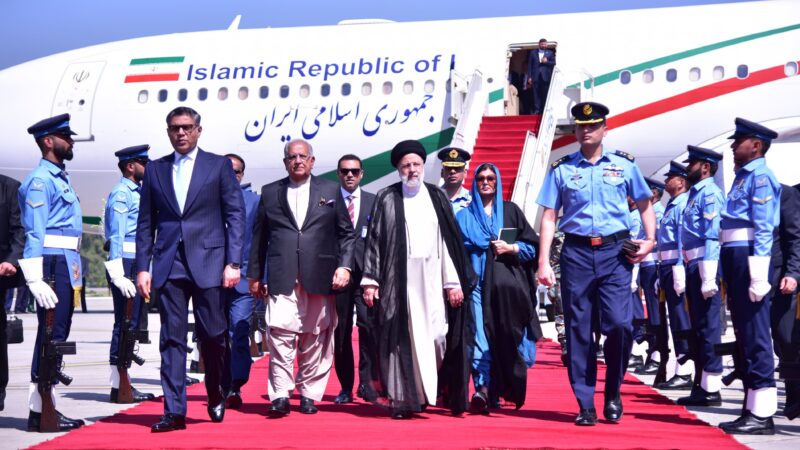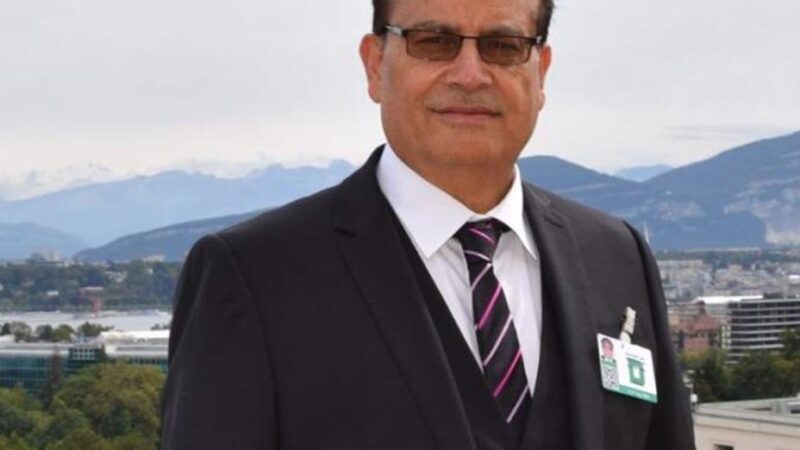Nadia Nawaz
“The thing that deeply troubles me is whether education teaches us how to live. Do those who cannot attain education not able to live properly?”
Here we are talking about a girl who had a passion for studying. Mubeen, who was a diligent student, she says , she wanted to study and achieve something. she says that she obtained education up to the Matricr’s level with a First Division. She says she get admission to college, but her brother Afzal did not allow her to go to college. Afzal, who is a laborer, believes that it is not necessary for a woman to study and write. Afzal argued a lot with his mother about why she was educating her. Due to Afzal’s pressure, I had to leave college, and I completed my BA from Allama Iqbal Open University.
Mubeen says that after completing their F.A degree, she left education. Due to leaving education, she experienced significant mental pressure and became a victim of stress, which led to them becoming a patient of depression. Mubeen says “that she still feel the pain of that thing today; some dreams remained unfulfilled.”
Pakistan is ranked fourth-worst globally for gender parity in the 2021 Global Gender Gap Report, with an educational attainment rank of 144th out of 156 countries. The education system shows a 13 percent gender gap in enrollment, with only 46.5 percent of women literate, 61.6 percent attending primary school, 34.2 percent in high school, and 8.3 percent in tertiary education. Bridging the gender gap is estimated to take 136 years at the current pace.
Teacher Nahid Akhtar says that “she believes that a woman’s education is the education of an entire family”. She emphasizes that education is a crucial factor for the progress of a society and a nation. she says , In our society, many girls abandon education due to family pressure. It is saluted that acquiring knowledge is a duty for every Muslim man and woman. By depriving women of education, we are undoubtedly damaging society, the nation, and the country. Pakistan’s population consists of 52% women, and keeping such a large portion illiterate is weakens the country’s economy.
Rihanna’s daughter Arooj, who discontinued her education after completing her FA, expresses her immense desire to educate herself. However, her father was a driver, and their income was insufficient, which hindered her pursuit of education. Arooj says that due to financial constraints, she could not continue her education.
According to Pakistan’s literacy rate in 2010, the total literacy rate was 55%, with men at 68.9% and women at 41.02%. In 2019, the literacy rate showed an improvement with men at 69% and women at 46%. Women’s participation in better social equality and economic activities is essential for societal and economic development.
The government must ensure universal access to education for its entire population. UNICEF reports 22.8 million children aged 5 to 16 are out of school, with girls constituting over 60%. To curb dropouts, the government should construct more schools, train new teachers, and prioritize “Education for All Children” programs, aiming to allocate 4% of GDP to education, up from the current 2%, State-of-the-art teacher training programs and facilities need implementation and follow-up, Additional schools with modern amenities are essential, especially for girls.
However, education alone cannot integrate women into Pakistan’s workforce due to entrenched cultural norms. Teenage pregnancy leads to girls dropping out, while sons receive priority in education, notably tertiary. Measures like free daycare and positive discrimination for female employees can boost women’s economic participation. Addressing prejudices requires awareness campaigns and changing societal attitudes through education. Emphasizing women’s roles in family and societal well-being is crucial. Modifying discriminatory customs demands concerted public efforts. Ultimately, women’s empowerment hinges on reshaping cultural perceptions and fostering equal opportunities in education and employment, advancing both individual prosperity and societal progress.
we can overcome this educational barriers by many ways, we should Promote inclusivity by avoiding segregating boys and girls into separate lines, sports activities, and encouraging mixed seating in classrooms. Ensure educational materials depict genders equally. Encourage collaborative projects where boys and girls work together. Explore diverse gender concepts and roles across various communities to foster understanding and acceptance.
By embracing inclusivity and diversity in educational settings, we nurture environments where all individuals feel valued and empowered to learn and grow together.

